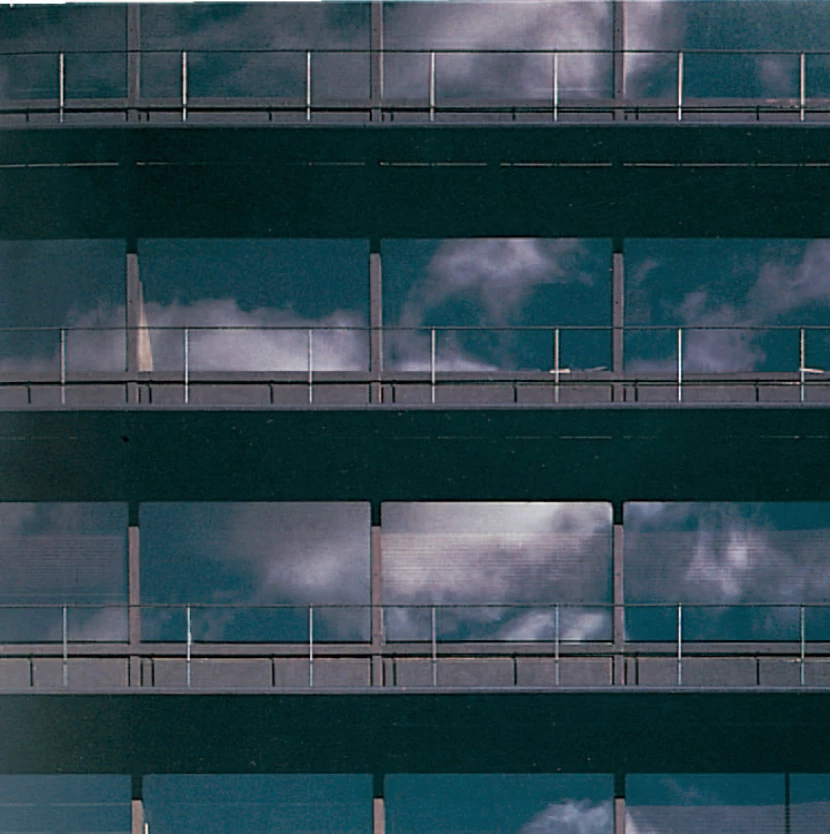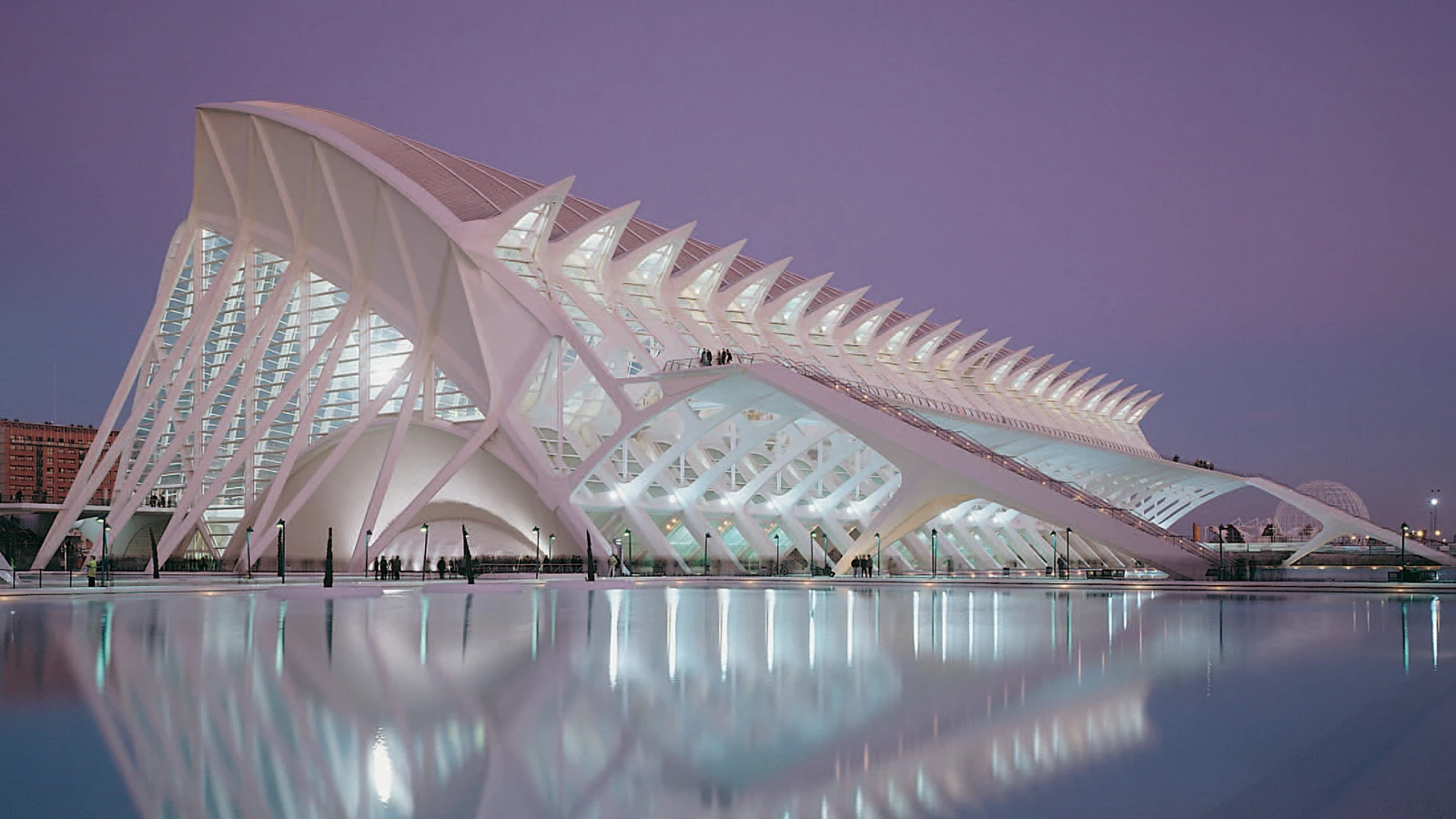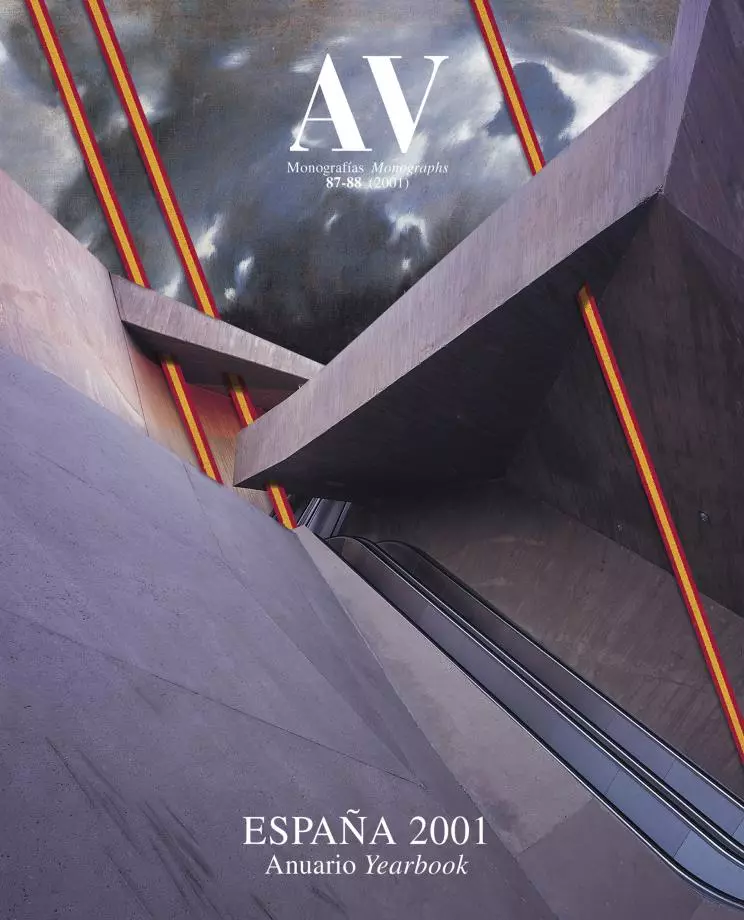
An eagle dies. This month of July which has burned so many lyrical birds, from Enric Miralles and John Hejduk to today’s José Ángel Valente, has also cut short the flight of an eagle of architecture. When Francisco Javier Sáenz de Oíza received the Prince of Asturias Prize for the Arts, his colleagues at Madrid’s School of Architecture made him the object of an homage in which it was my honor to pronounce the master’s laudatio. On this occasion, referring to his aquiline profile and swift pupil, but also to the multiple rapacity of his talent, I likened Oíza to the so called eagles of the Spanish Renaissance, the architects, sculptors and painters Ordóñez, Siloé, Machuca and Berruguete, to whom Manuel Gómez-Moreno dedicated half a century ago a canonical book. The fact is that the Navarrese architect had such a kaleidoscopic intellectual passion, such diverse interests, and such a panoramic curiosity that he could only be collated with such colossal and versatile figures.
Fresh at that time were his most titanic works – the Palacio de Festivales concert hall of Santander, the mass housing ruedo on Madrid’s M-30 beltway and the Triana Tower in Seville – three fortress –like monuments of the same extreme nature, something surely inseparable from the character of this exigent and excessive architect. But those who admired him were more appreciative of other works of his, buildings that hardly enter into a dialogue with the city and yet give it a voice: Torres Blancas, which managed to speak for Madrid without being madrileña, and the Banco de Bilbao, that expressed the capital’s American dream with more elegance and persuasion than the actual American inspired skyscrapers that rise in its surroundings.
Precocious in almost everything, Oíza first preached the technological gospel after his fascinated stay in America, and the petrous basilica of Aránzazu was followed by minimal and demanding social housing districts: Fuencarral and Entrevías in Madrid’s periphery still testify to that moment of functional discipline. In the same way, the inexhaustible sponge of his retina pioneered the assimilation of the newer architectures, from organicism or Louis Kahn to the latest postmodernism.
Gaunt and enlightened, he loved geometry and paradox simultaneously, and united in his person the solar brightness of a Greek sophist and the agonizing eloquence of Unamuno or Ignatius Loyola. Like the Le Corbusier he admired, and even progressively resembled in physique, dress and drawing style, Oíza defended at once the fundamentalist rigors of the modern credo and the plastic intention of volumes under the light. Both puritan and Meditarranean, a reformist and an artist, the same young teacher of building services became the mature builder of hierarchical and solemn forms.
An architect with no masters and almost no direct disciples, his voice, always influential, was heard for four decades in the classrooms of the Madrid school, where his Socratic presence was overwhelming, blinding and loquacious. In the demiurgic tradition of the modern architect, but with the intellectual avidity and formal unrest of a stylistic omnivore, Oíza explored the most extravagant paths, and his esthetic voracity allowed him to feed on all. At the end of his flight, those of us who were fortunate to know him will retain in our memory the imposing image of an architectural eagle.






